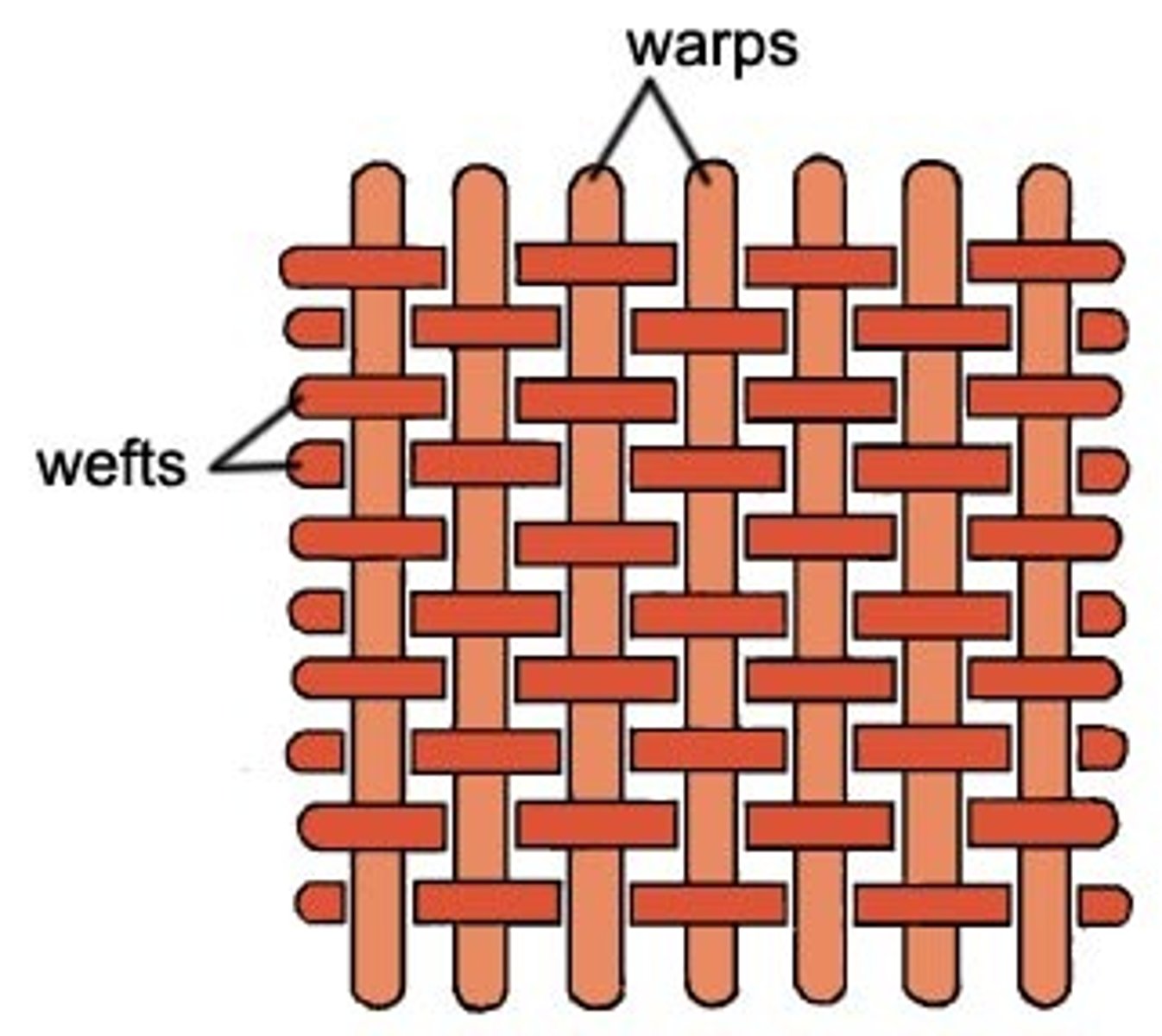Fibers
1/26
There's no tags or description
Looks like no tags are added yet.
Name | Mastery | Learn | Test | Matching | Spaced |
|---|
No study sessions yet.
27 Terms
fibers
are the smallest indivisible unit of a textile, it must be at least 100 times longer than wide. Fibers are twisted together to make up yarn.
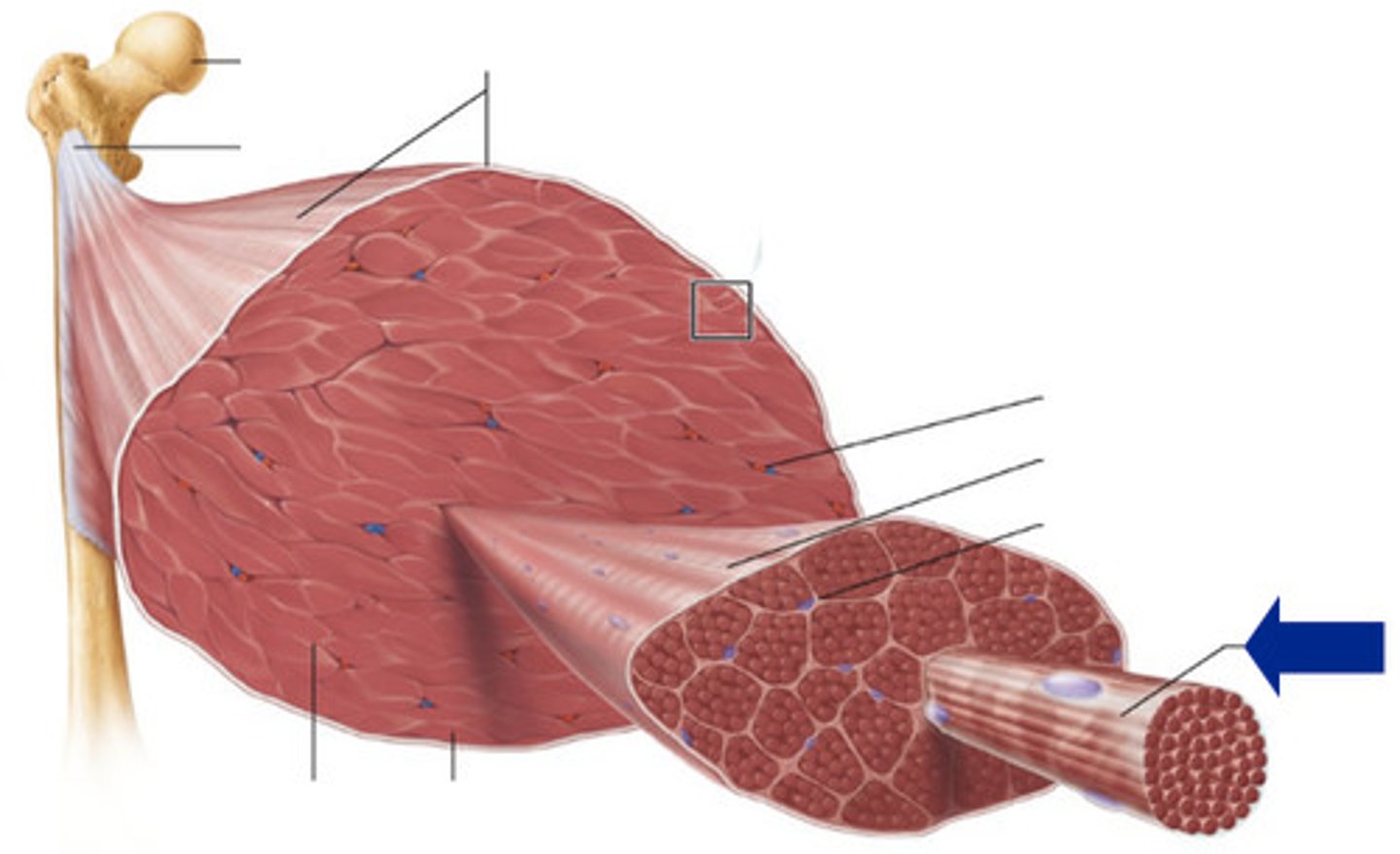
textile
a flexible, flat material made by interlacing yarns (or threads)
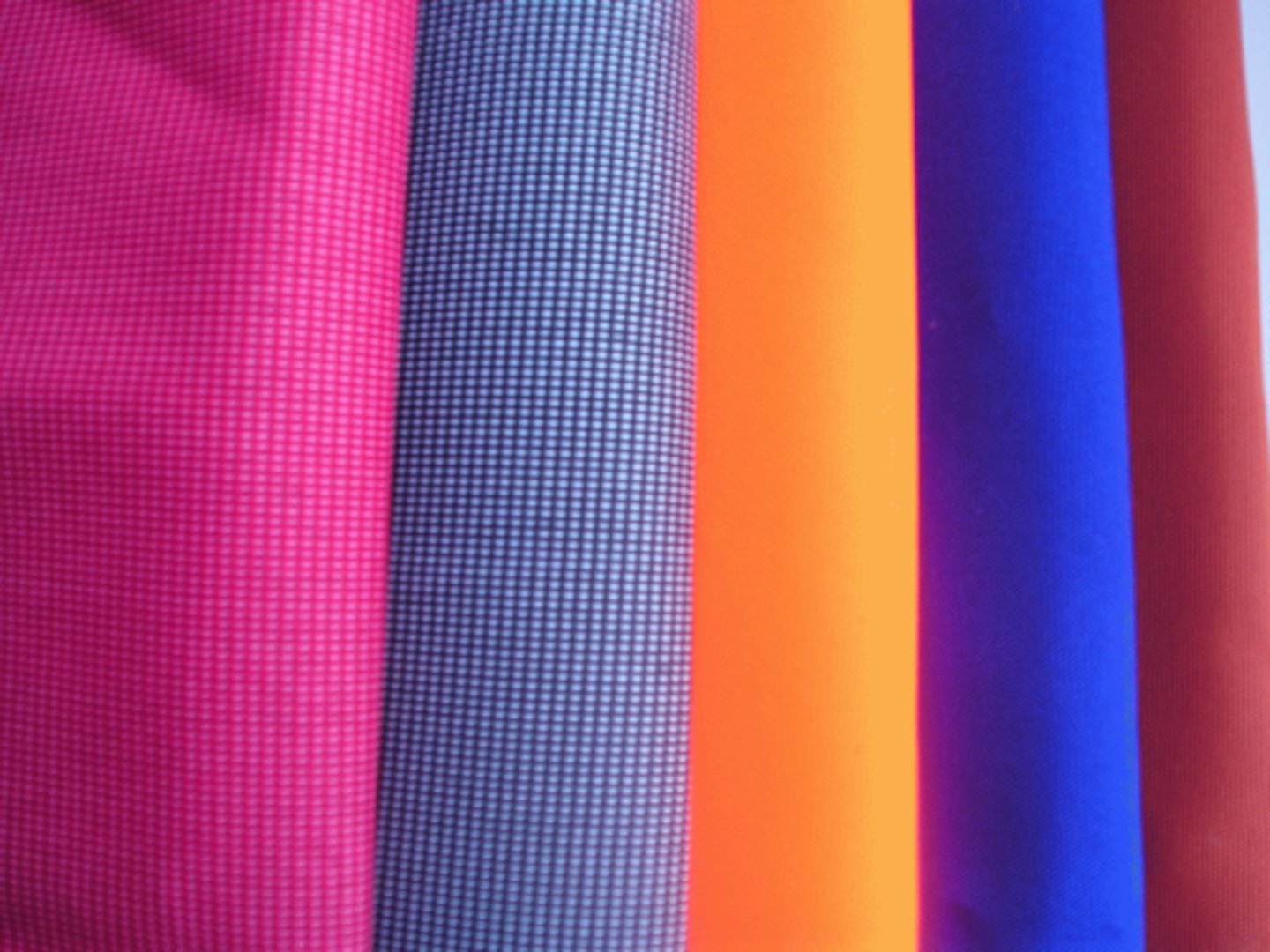
crystalline
fibers composed of polymers packed side by side in a repeated pattern, usually stiff and strong
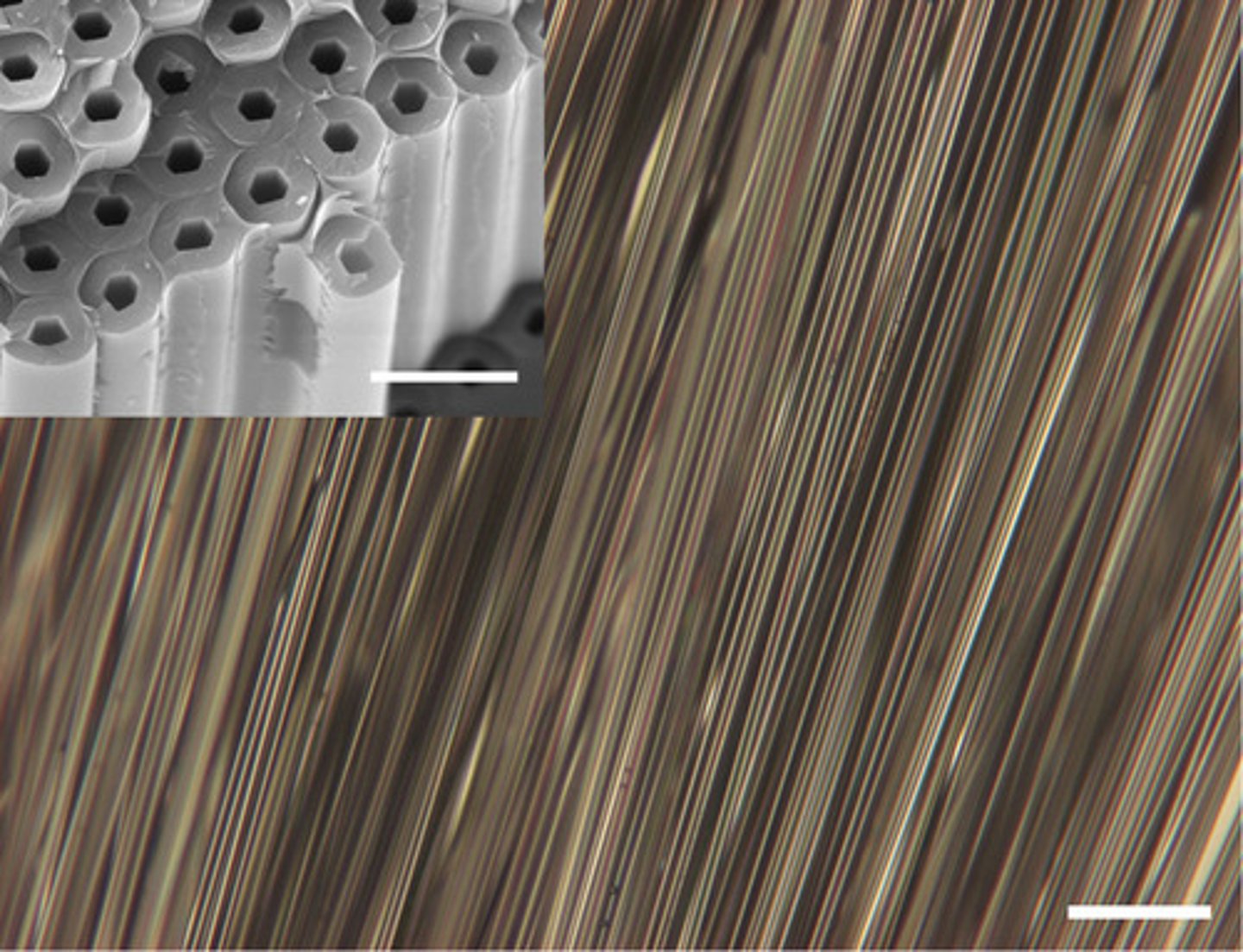
polymer
A substance composed of long chains of repeating molecules
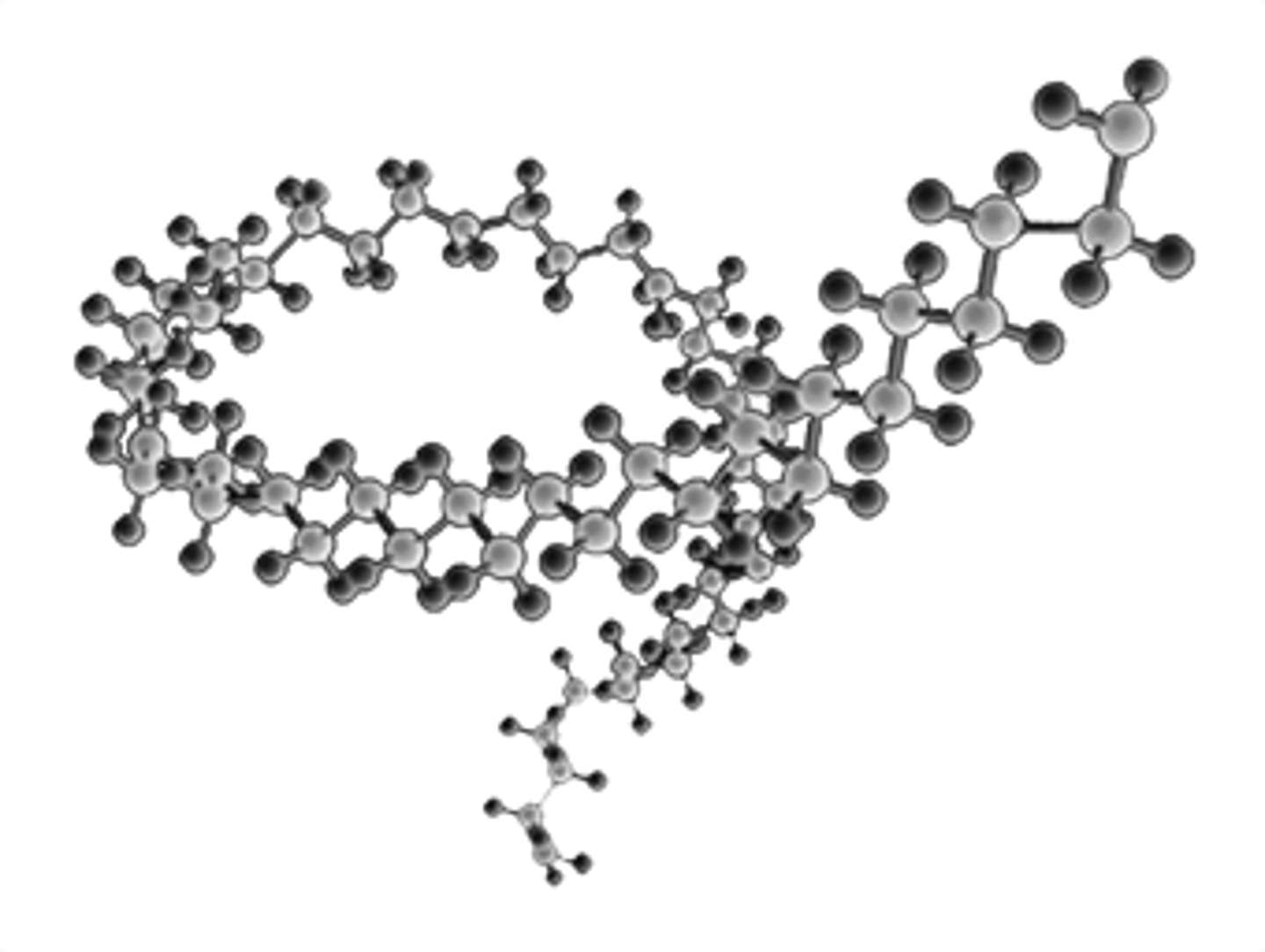
monomer
Small, repeating molecules that can link to form polymers
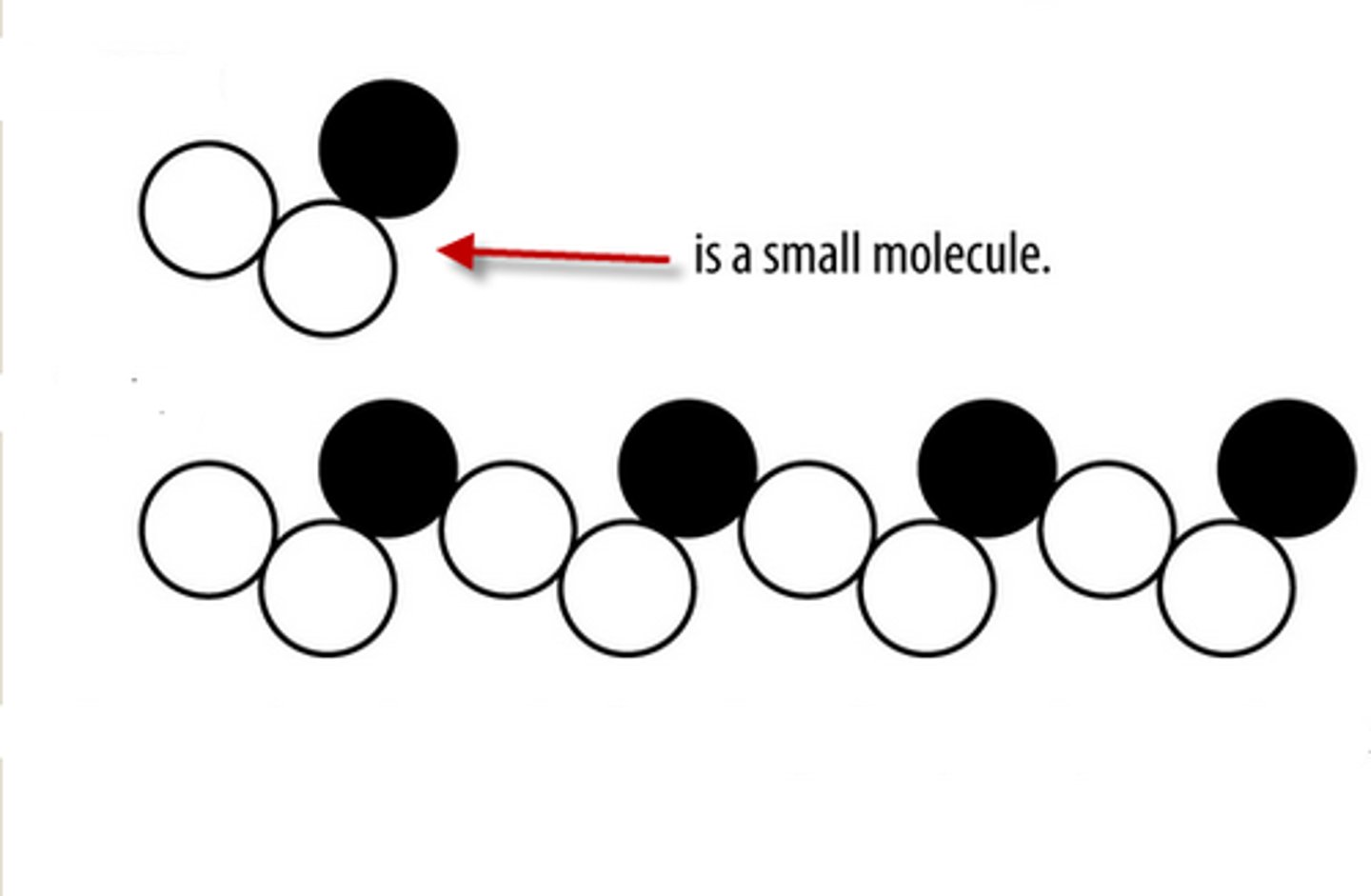
yarn
Fibers that have been spun together

direct transfer
is the transferring of particles or fibers when the suspect and victim come into direct contact
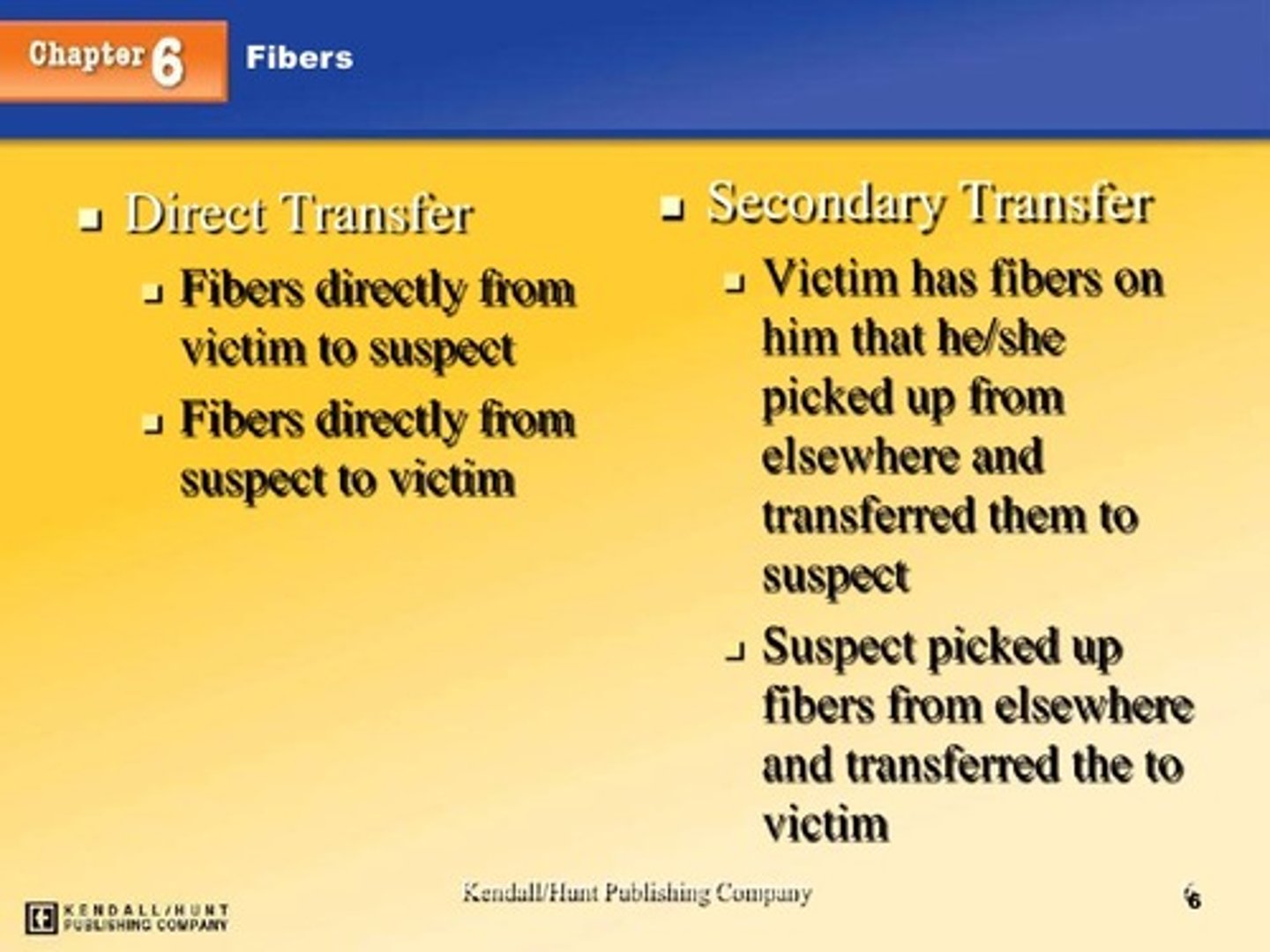
Secondary Transfer
when fibers are picked up by a victim at an earlier time and then transferred to a suspect
natural fibers
are any and all fibers that originate from animals, plants and minerals taken directly from the ground.
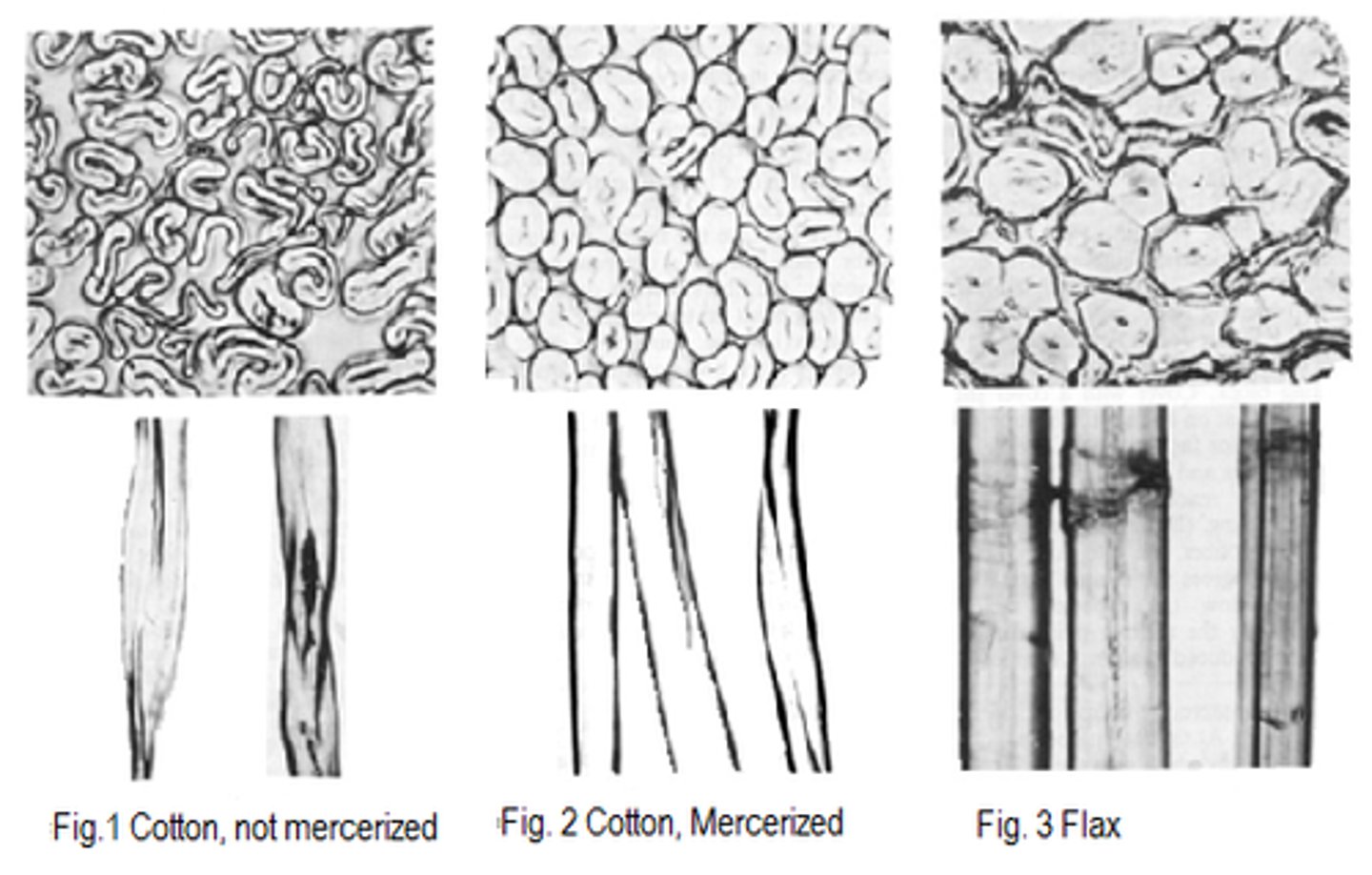
animal fibers
These contain fur, hair, and webbing. They all contain proteins in their composition and have many uses including but not limited to clothing, carpets, drapes, and bedding. Although usually associated with hair or fur, some fabrics such as silk is woven from webbing from a silk worm.
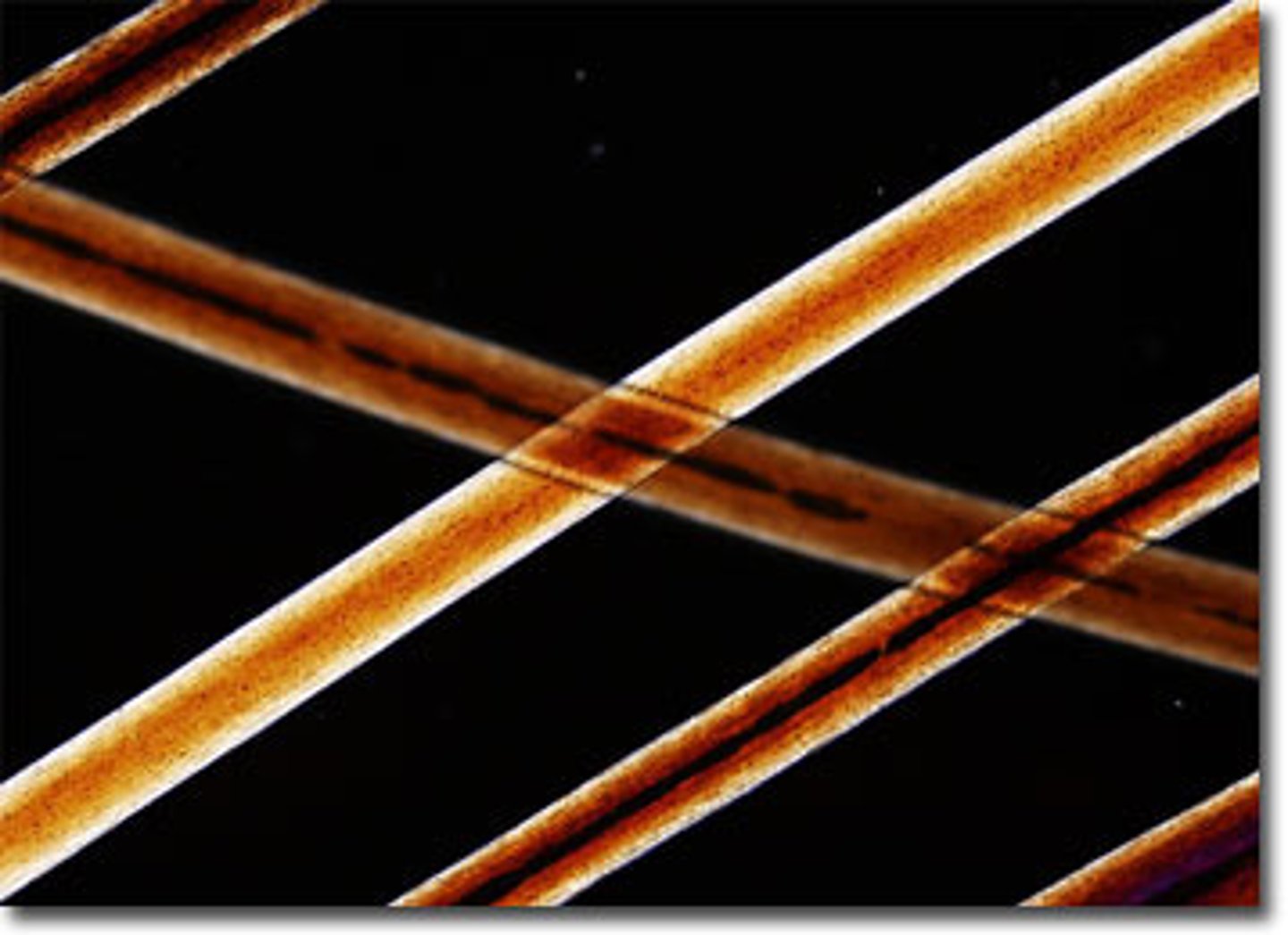
plant fibers
fibers made up of plants cells. They are grouped by the part of the plant they come from, like seed, stem, fruit, and leaves.
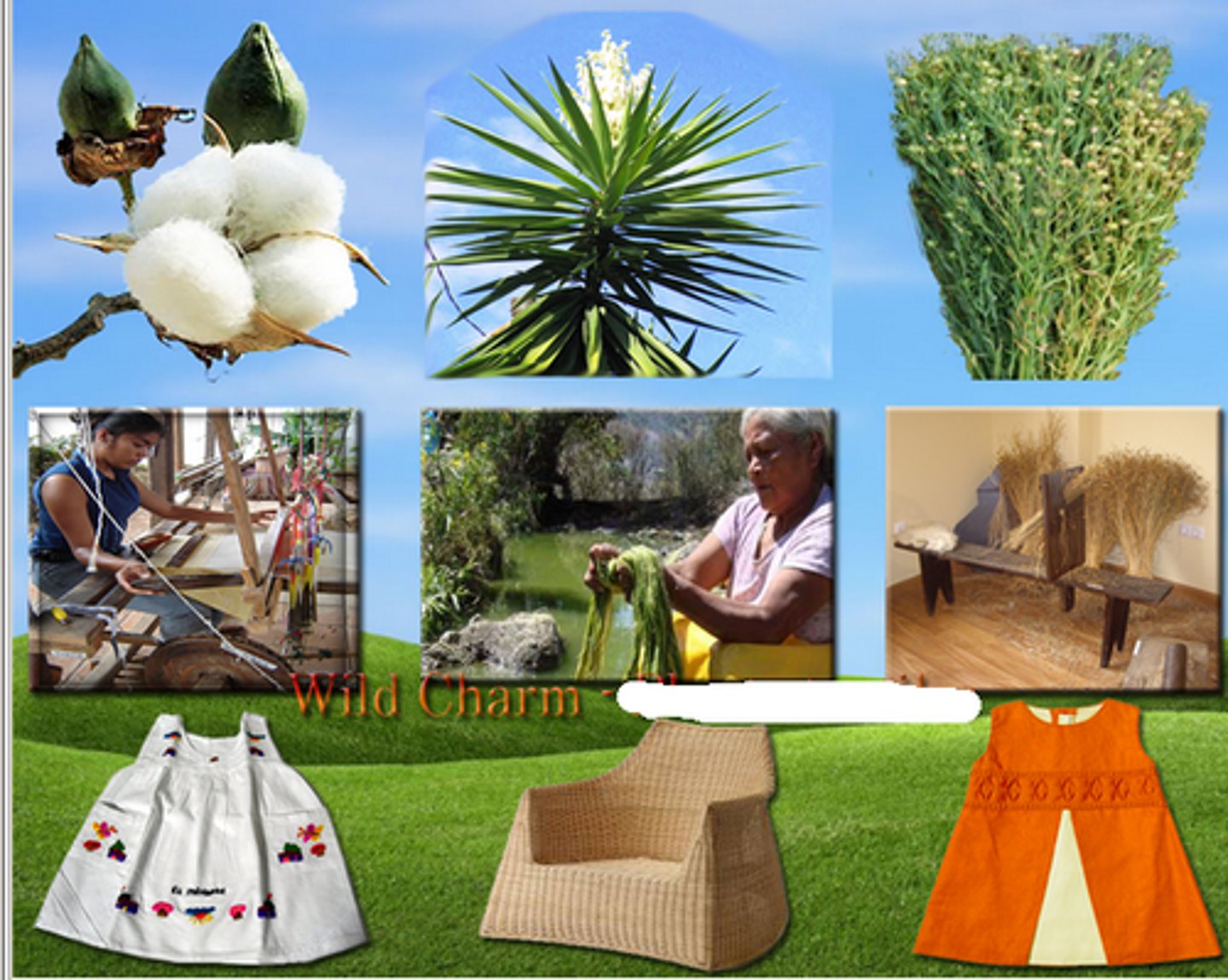
stem fibers
include hemp, jute, and flax
mineral fibers
Produced from industrial processing of mined materials. They include fiberglass and asbestos
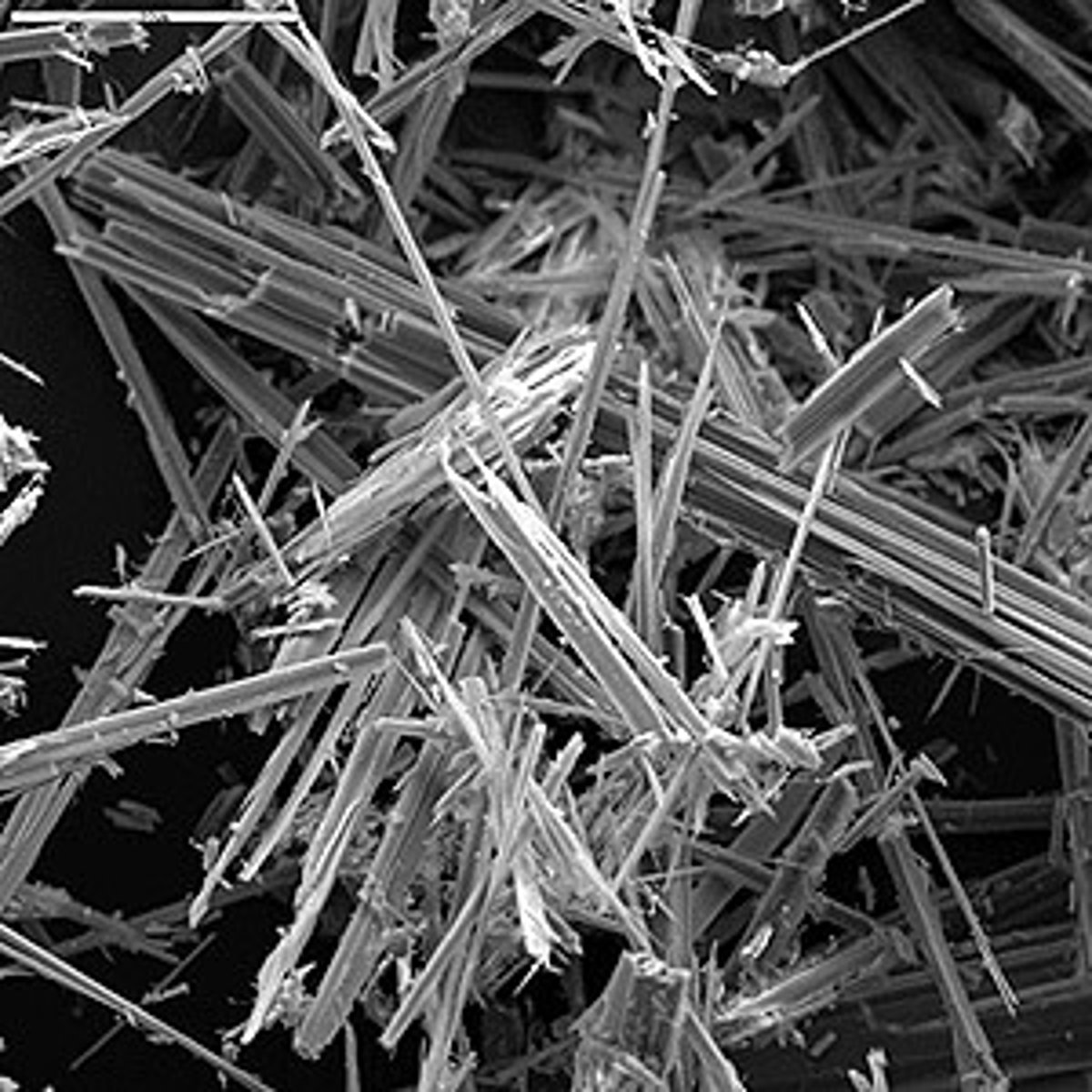
synthetic fibers
fibers made from petroleum based polymers or regenerated natural fibers.
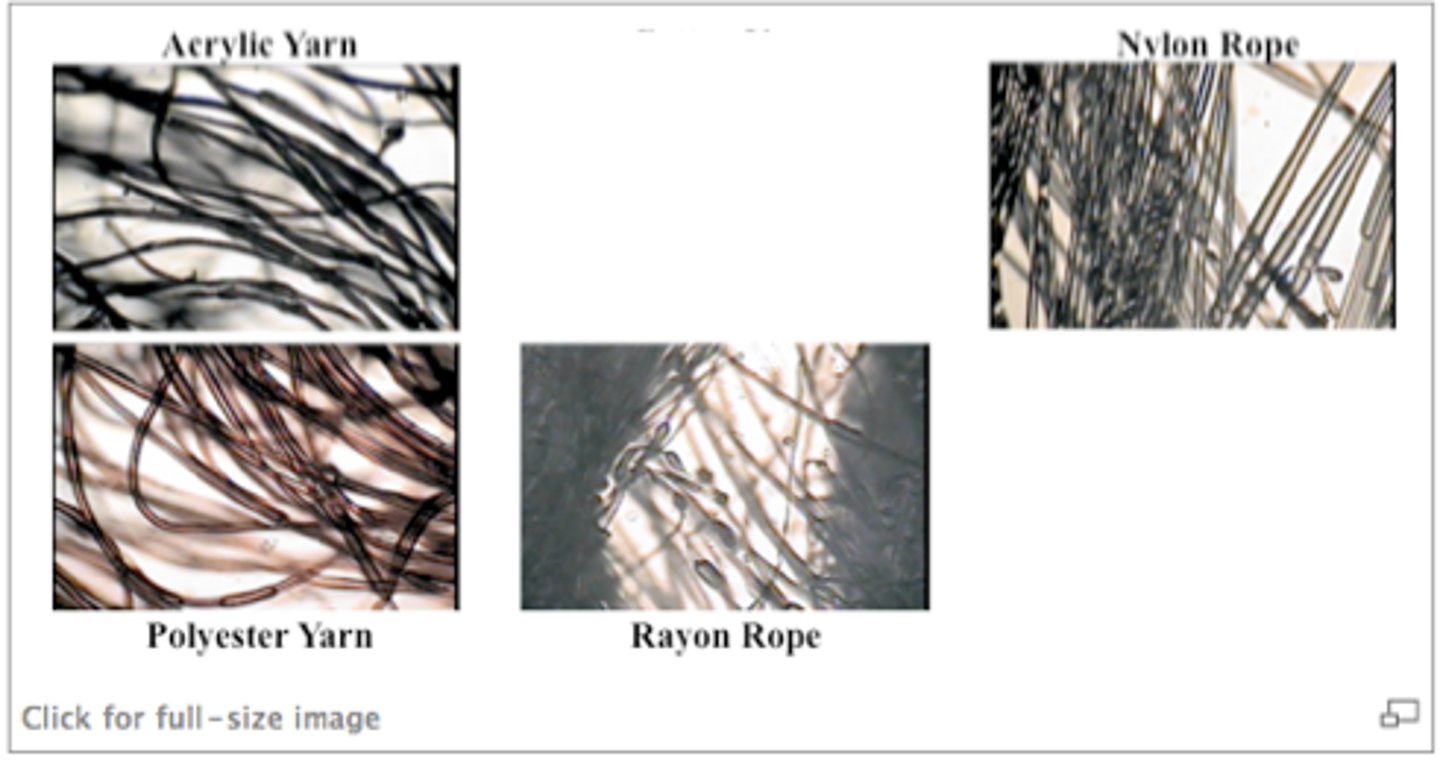
regenerated fibers
are those that are changed through chemical processing of natural cellulose fibers to form rayon and other light weight fabrics
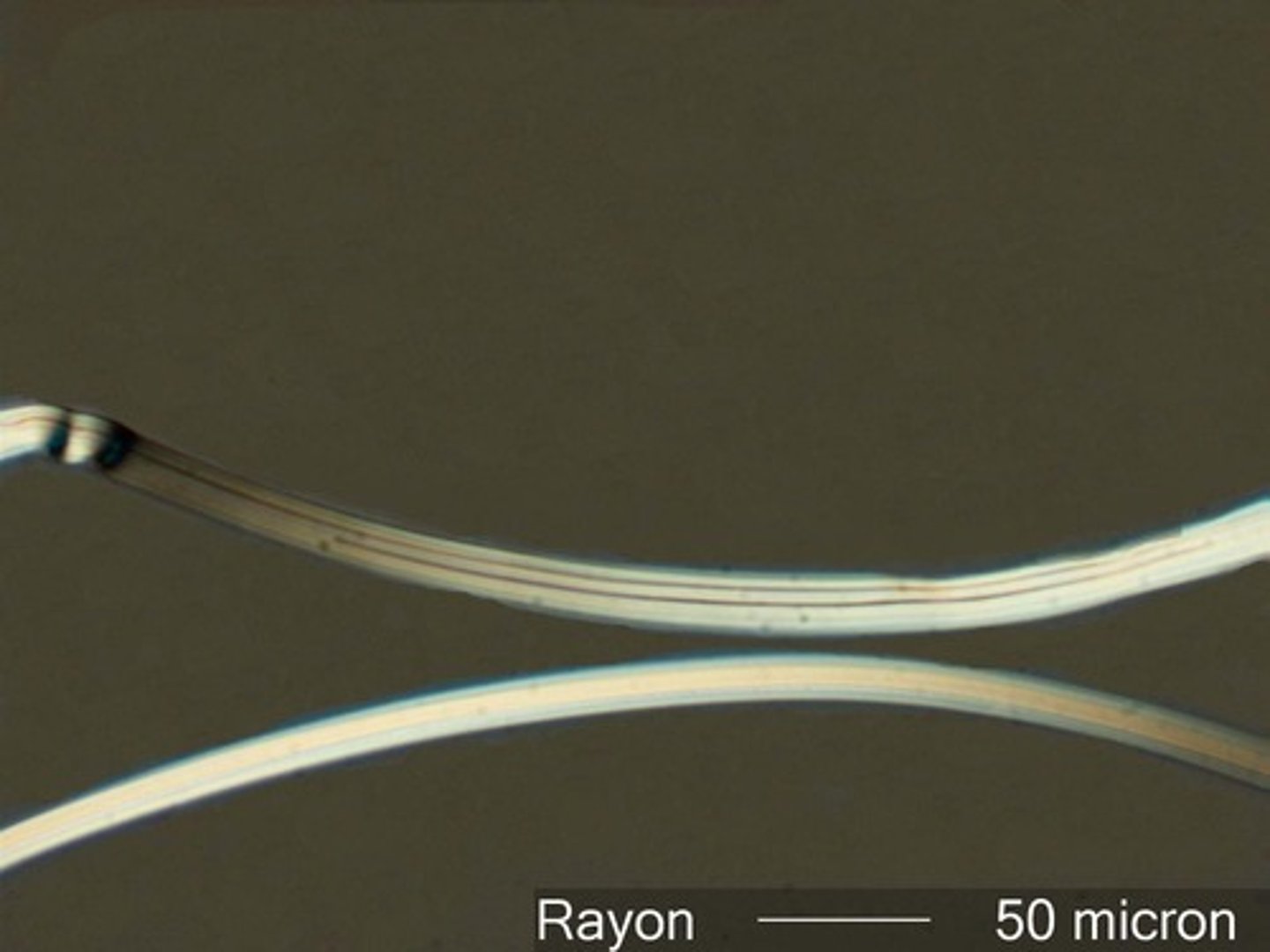
synthetic polymers
polymers that are made from petroleum products and are long polymers
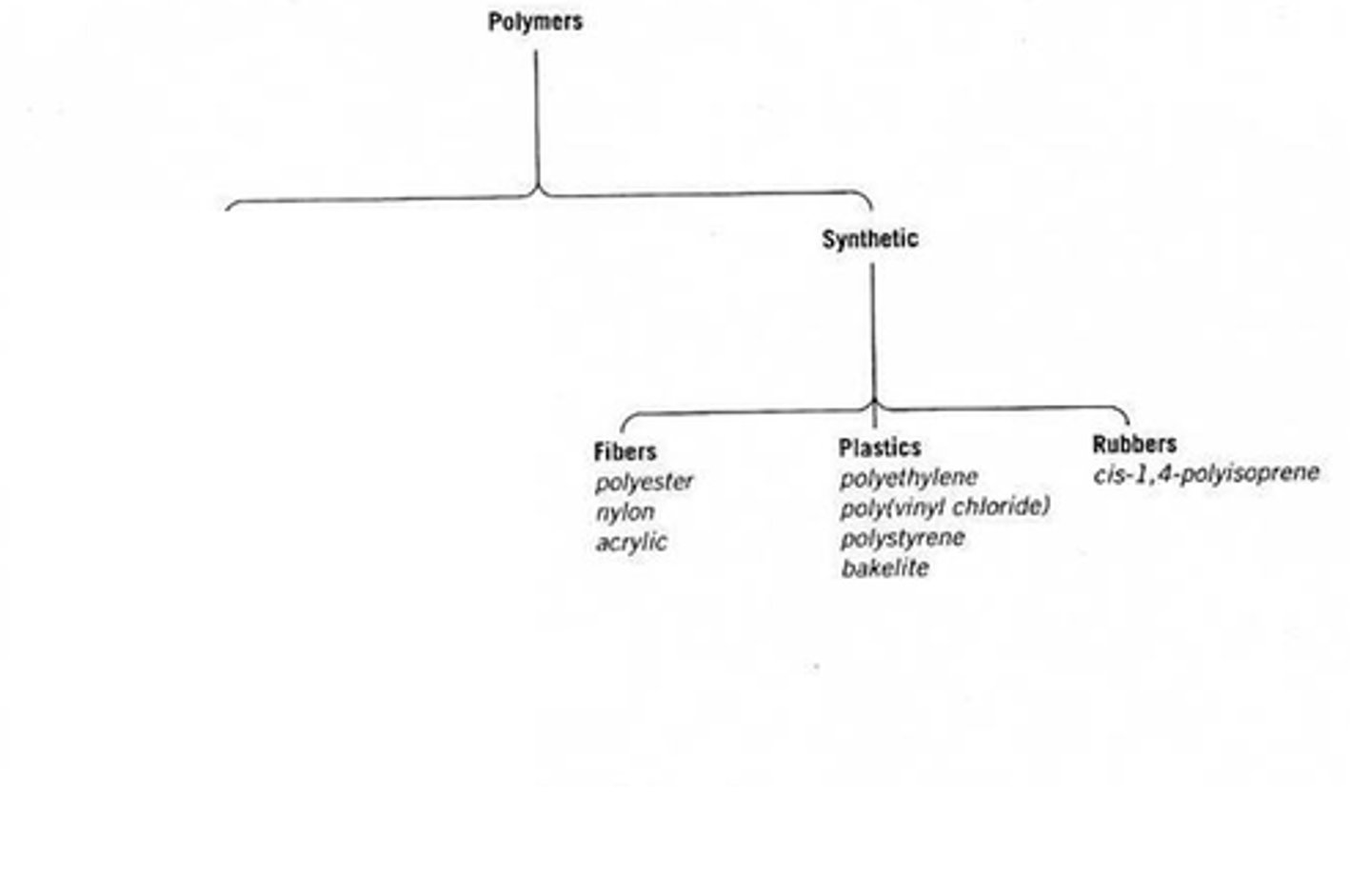
polyester
a common synthetic fiber used in many clothing types. Can be made with recycled plastics.
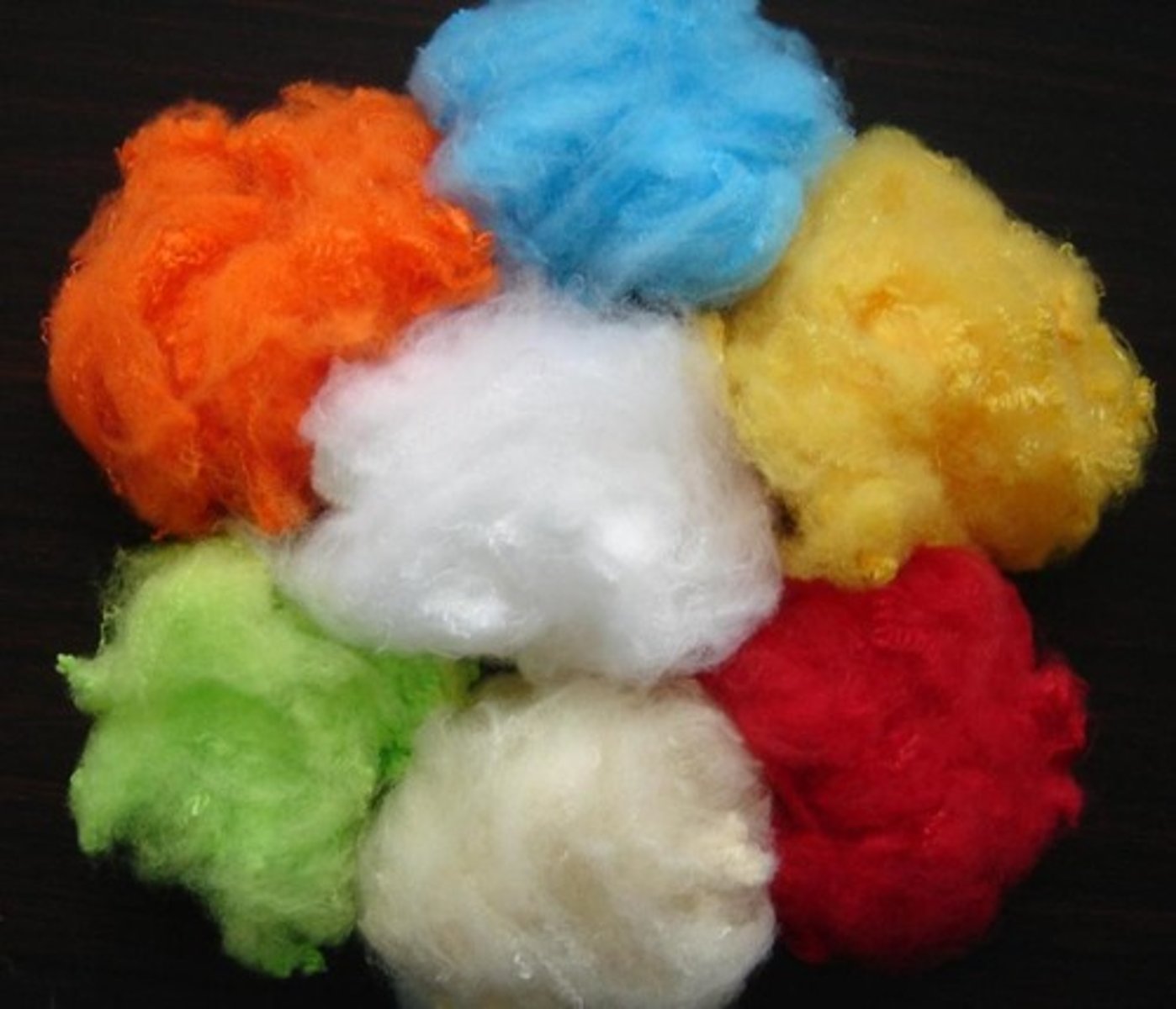
nylon
is lighter yet similar to polyester except that it breaks down easily in light and acids
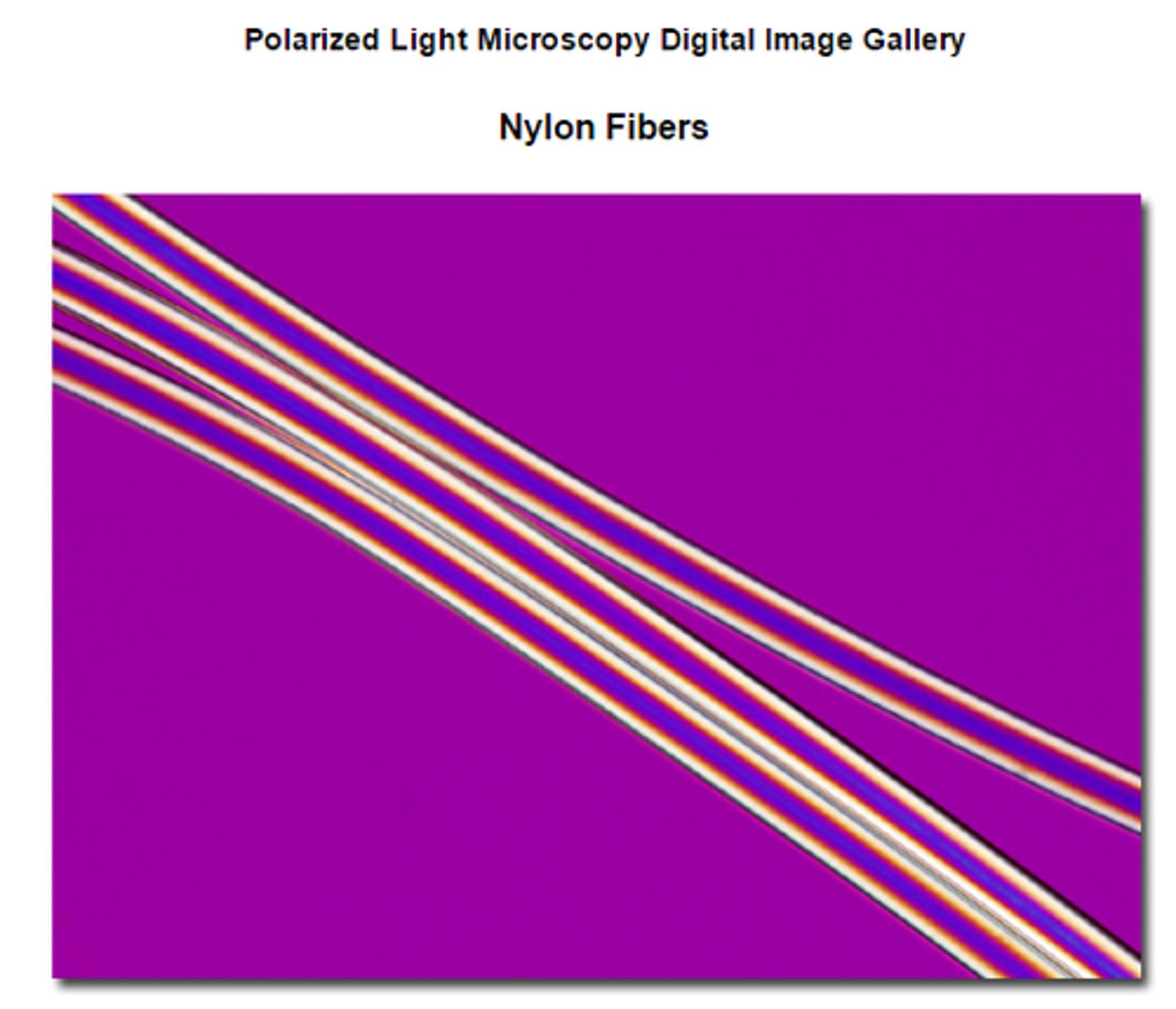
warp
longitude part of weave (stronger part of weave)
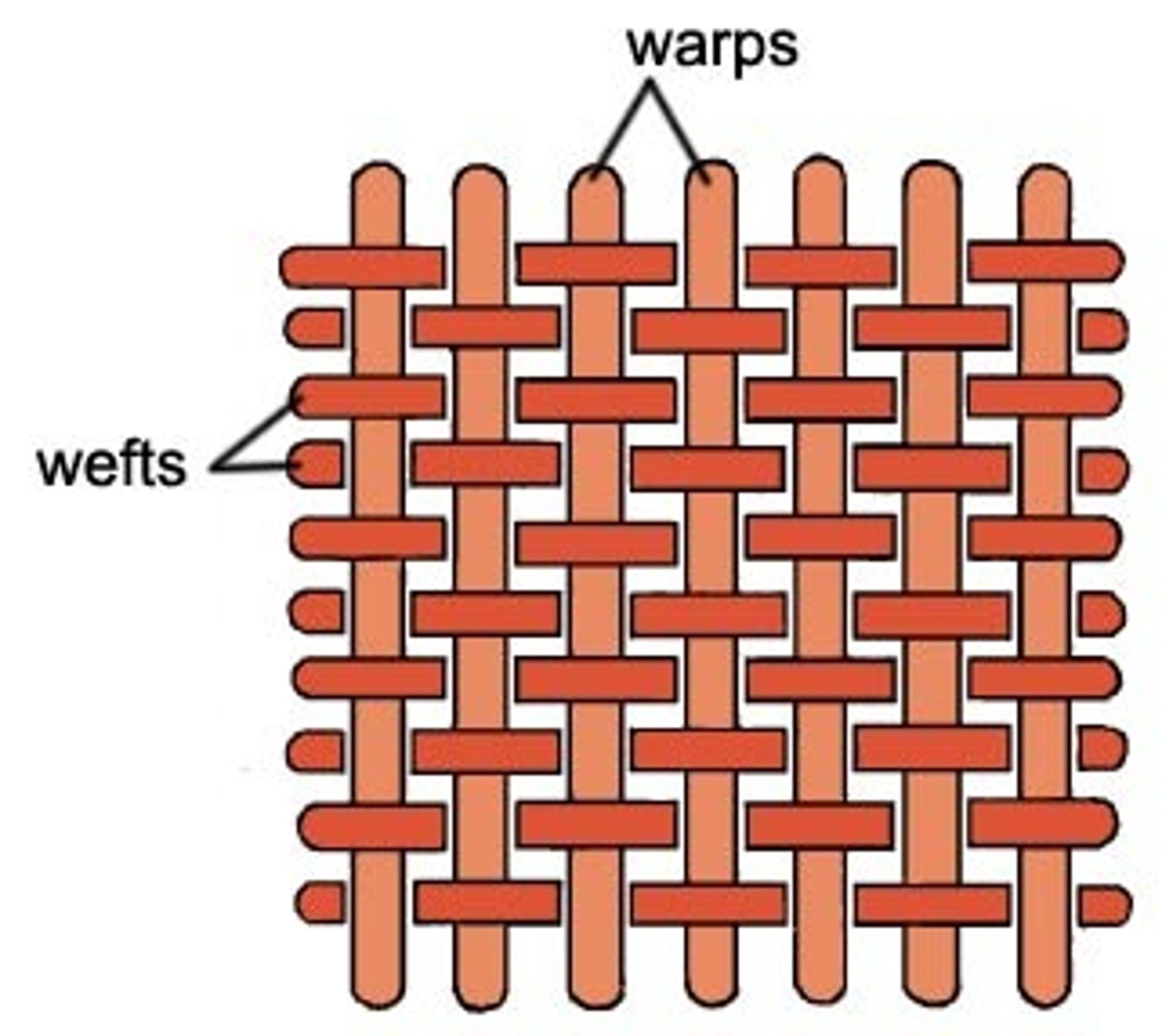
thread count
In a woven fabric, the number of warp threads plus the number of weft threads per square inch. Example 100 warp threads plus 150 weft threads gives a thread count of 250.
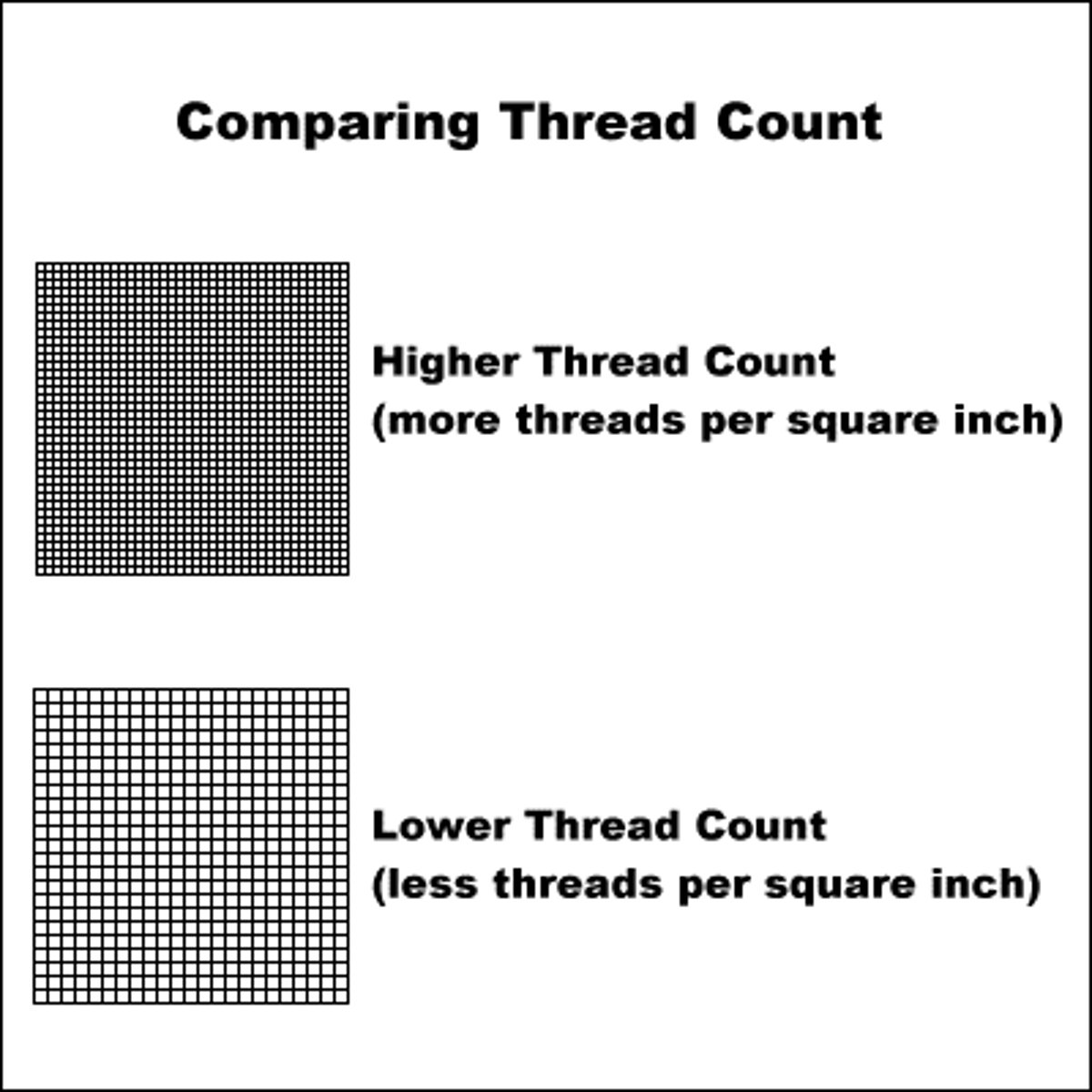
burn test
reaction to heat, manner of burning, smoke color and odor, type of residue. Often synthetic fibers melt.
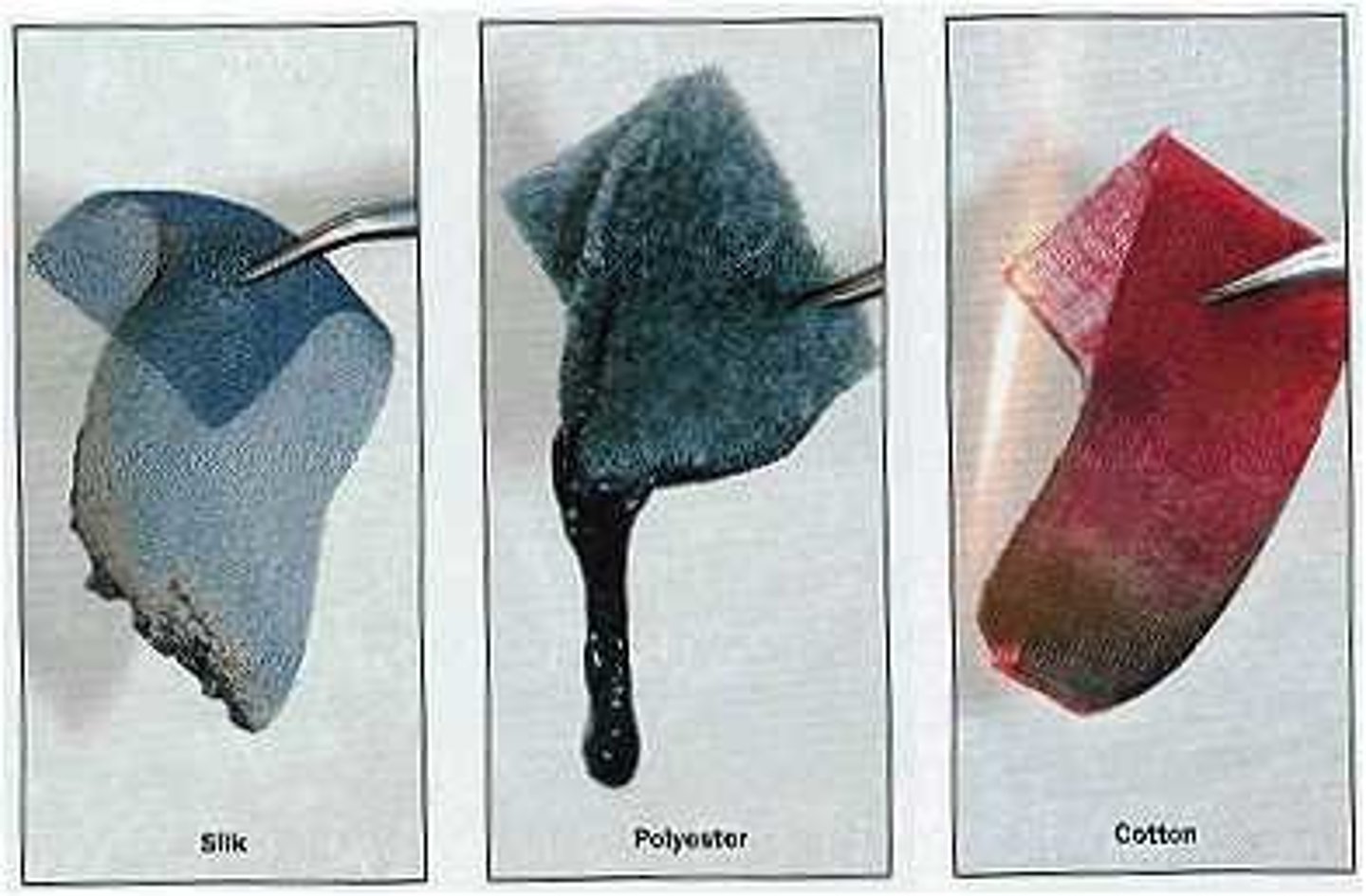
gathering fibers
forensic scientists may use fiber vacuum, sticky tape or tweezers.
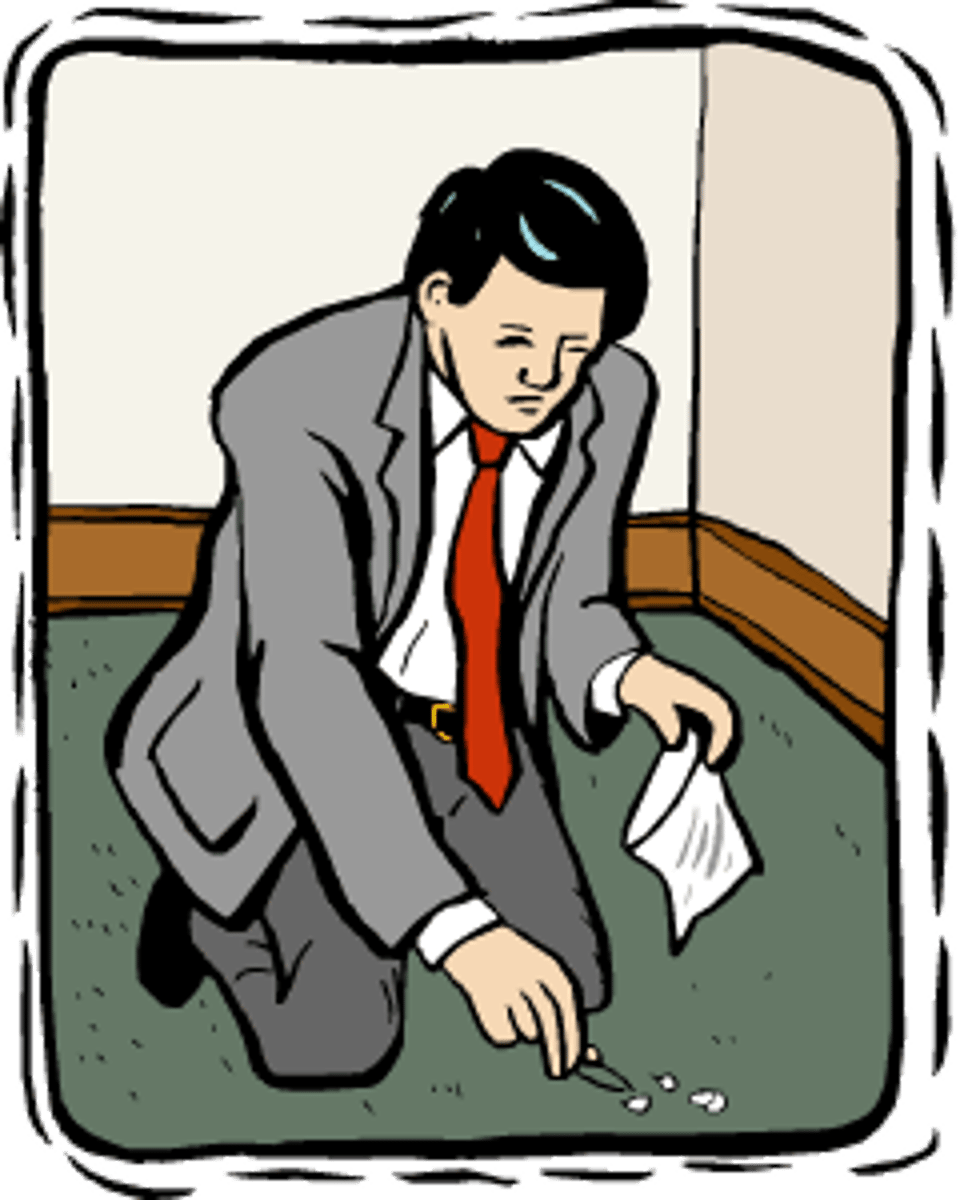
disadvantages of synthetic fibers
they can deteriorate in bright sunlight and melt at a lower temperature than natural fibers.
asbestos
the mineral fiber from this rock is used in break pads, fire retardant coatings, ceiling tiles, pipe insulation and more.

weave patterns
plain, basket, satin, twill are common ones
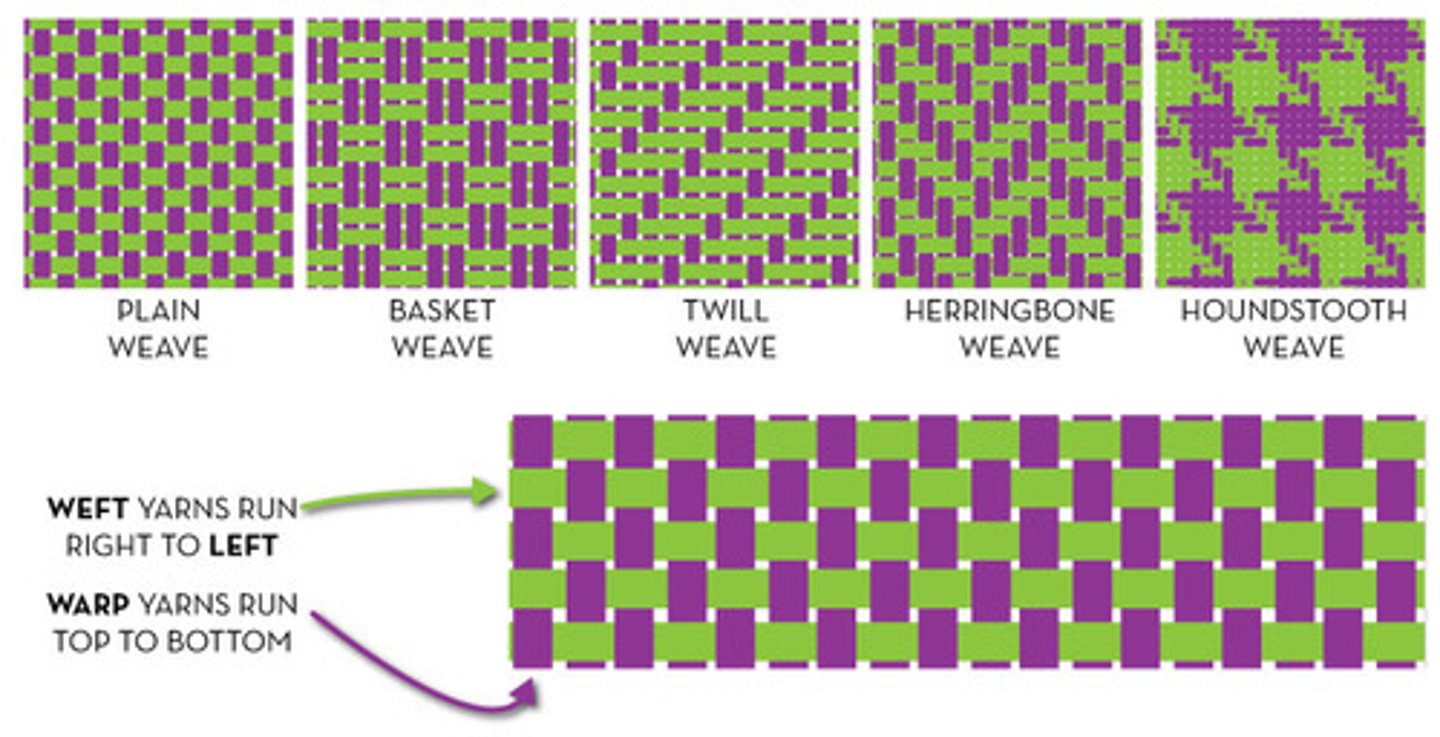
early collection
necessary because 95% of fibers are lost in the first 24 hours.
weft
the term for the thread or yarn which is drawn through, inserted over-and-under, the lengthwise warp yarns that are held in tension on a frame or loom to create cloth
